America's 20 Top-Selling Vehicles That Aren't Pickup Trucks in 2017's First Half
Cars are not at the top of the heap.
In fact, not since 2013, when the Toyota Camry was America’s third-best-selling new vehicle, has a passenger car claimed a podium position on the U.S. automotive sales leaderboard. Fast forward to 2017 and passenger cars are way down the list of America’s top-selling new vehicles.
With pickup trucks so obviously differentiated from conventional consumer-oriented vehicles, and with the top-selling trio of pickup trucks (Ford F-Series, Chevrolet Silverado, Ram P/U) so distinctly more common, we’ve compiled this list of America’s 20 top-selling vehicles that aren’t pickup trucks, a halfway measuring stick that shows which vehicles are the dominant market forces through 2017’s first six months. Not including the pickup trucks that own 16 percent of the industry, of course.
The top-ranked nameplate deserves an asterisk — an asterisk that will grow in size over the coming months. And cars? Even with pickup trucks excluded, they miss the podium altogether.
Nissan USA has determined that the best means of reporting Nissan Rogue Sport sales is to include the Rogue Sport, known elsewhere as the Qashqai, within the Rogue’s figures. It’s not an unheard-of process — four of the vehicles excluded from this list (F-Series, Silverado, Ram, Sierra) include various bodystyles and distinct architectures. Nevertheless, as the Rogue seeks to disrupt the Toyota Camry’s reign as America’s top-selling non-pickup truck, its eventual victory will be sullied by a lack of reporting transparency.
The Rogue is nevertheless just one of three compact crossovers to outsell the Camry so far this year, a trio that includes the Honda CR-V (America’s top-selling utility vehicle in each of the past five years) and the Camry’s own RAV4 sibling. Will the second-half of 2017 see real Camry recovery as the 2018 model reaches dealers? Toyota thinks the Camry may revitalize the midsize sedan category, sales of which are down 18 percent, year-over-year, in 2017.
Including the Subaru Outback, a crossing-over-crossover if ever there was one, utility vehicles earned 11 of this best seller list’s 20 positions. 10 of those 11 SUVs/crossovers are selling more often this year than last. Of the nine cars, only two (Chevrolet Cruze, Hyundai Elantra) are selling more often in 2017 than in 2016, though 2016 sales of those two cars were down significantly. In fact, the Cruze is 28 percent off 2014’s best-ever Cruze sales pace; the Elantra is 22 percent behind its record sales pace in 2015.
Compared with the list of America’s 20 best-selling vehicles that aren’t pickup trucks from 2016’s halfway point, the Jeep Cherokee, Ford Focus, Hyundai Sonata, and Chevrolet Malibu have all been removed, making way for the Subaru Outback, Subaru Forester, Toyota Highlander, and Chevrolet Cruze.
[Image: Nissan]
Timothy Cain is a contributing analyst at The Truth About Cars and Autofocus.ca and the founder and former editor of GoodCarBadCar.net. Follow on Twitter @timcaincars.
More by Timothy Cain
Latest Car Reviews
Read moreLatest Product Reviews
Read moreRecent Comments
- ToolGuy I watched the video. Not sure those are real people.
- ToolGuy "This car does mean a lot to me, so I care more about it going to a good home than I do about the final sale price."• This is exactly what my new vehicle dealership says.
- Redapple2 4 Keys to a Safe, Modern, Prosperous Society1 Cheap Energy2 Meritocracy. The best person gets the job. Regardless.3 Free Speech. Fair and strong press.4 Law and Order. Do a crime. Get punished.One large group is damaging the above 4. The other party holds them as key. You are Iran or Zimbabwe without them.
- Alan Where's Earnest? TX? NM? AR? Must be a new Tesla plant the Earnest plant.
- Alan Change will occur and a sloppy transition to a more environmentally friendly society will occur. There will be plenty of screaming and kicking in the process.I don't know why certain individuals keep on touting that what is put forward will occur. It's all talk and BS, but the transition will occur eventually.This conversation is no different to union demands, does the union always get what they want, or a portion of their demands? Green ideas will be put forward to discuss and debate and an outcome will be had.Hydrogen is the only logical form of renewable energy to power transport in the future. Why? Like oil the materials to manufacture batteries is limited.
















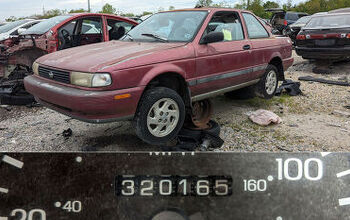


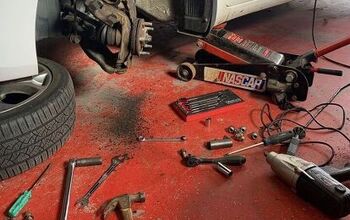
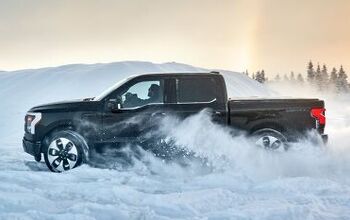
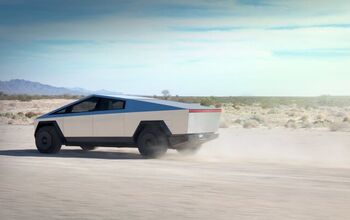
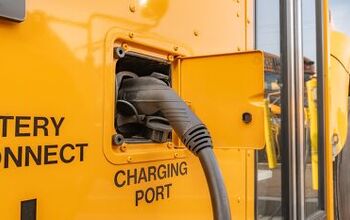
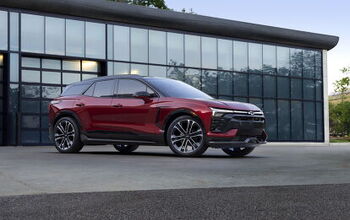
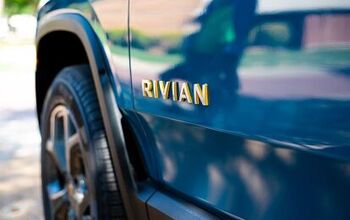
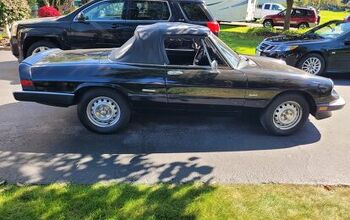
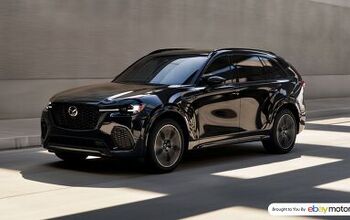

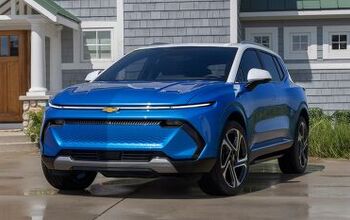

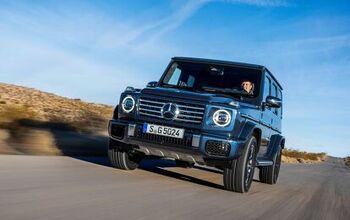
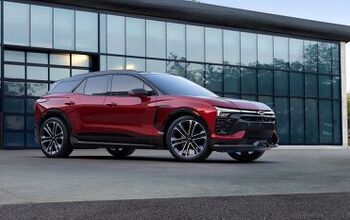
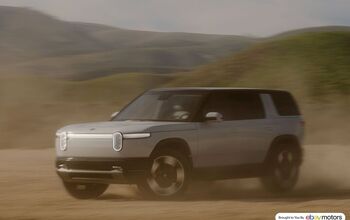

Comments
Join the conversation
It's not surprising that the top 3 are foreign CUVs from the likes of Nissan, Honda and Toyota. The Nissan Rogue is very common in New England for whatever reason. If I had to buy a CUV, I'd consider the hybrid version so that'll narrow it down to the Toyota Rav4 & Nissan Rogue. The 2018 VW Tiguan hasn't come out yet but it looks Better and bigger than the previous version which is quite Small for tall people.
Why would anyone care about vehicles that aren't pickup trucks? (^_^) =====================